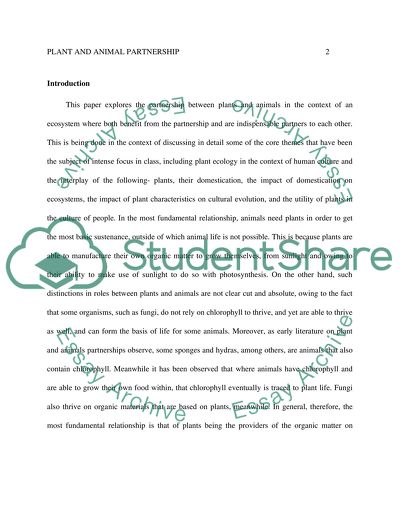Cite this document
(“Plant and animal partnership Research Paper Example | Topics and Well Written Essays - 1500 words”, n.d.)
Plant and animal partnership Research Paper Example | Topics and Well Written Essays - 1500 words. Retrieved from https://studentshare.org/biology/1473459-plant-and-animal-partnership
Plant and animal partnership Research Paper Example | Topics and Well Written Essays - 1500 words. Retrieved from https://studentshare.org/biology/1473459-plant-and-animal-partnership
(Plant and Animal Partnership Research Paper Example | Topics and Well Written Essays - 1500 Words)
Plant and Animal Partnership Research Paper Example | Topics and Well Written Essays - 1500 Words. https://studentshare.org/biology/1473459-plant-and-animal-partnership.
Plant and Animal Partnership Research Paper Example | Topics and Well Written Essays - 1500 Words. https://studentshare.org/biology/1473459-plant-and-animal-partnership.
“Plant and Animal Partnership Research Paper Example | Topics and Well Written Essays - 1500 Words”, n.d. https://studentshare.org/biology/1473459-plant-and-animal-partnership.


